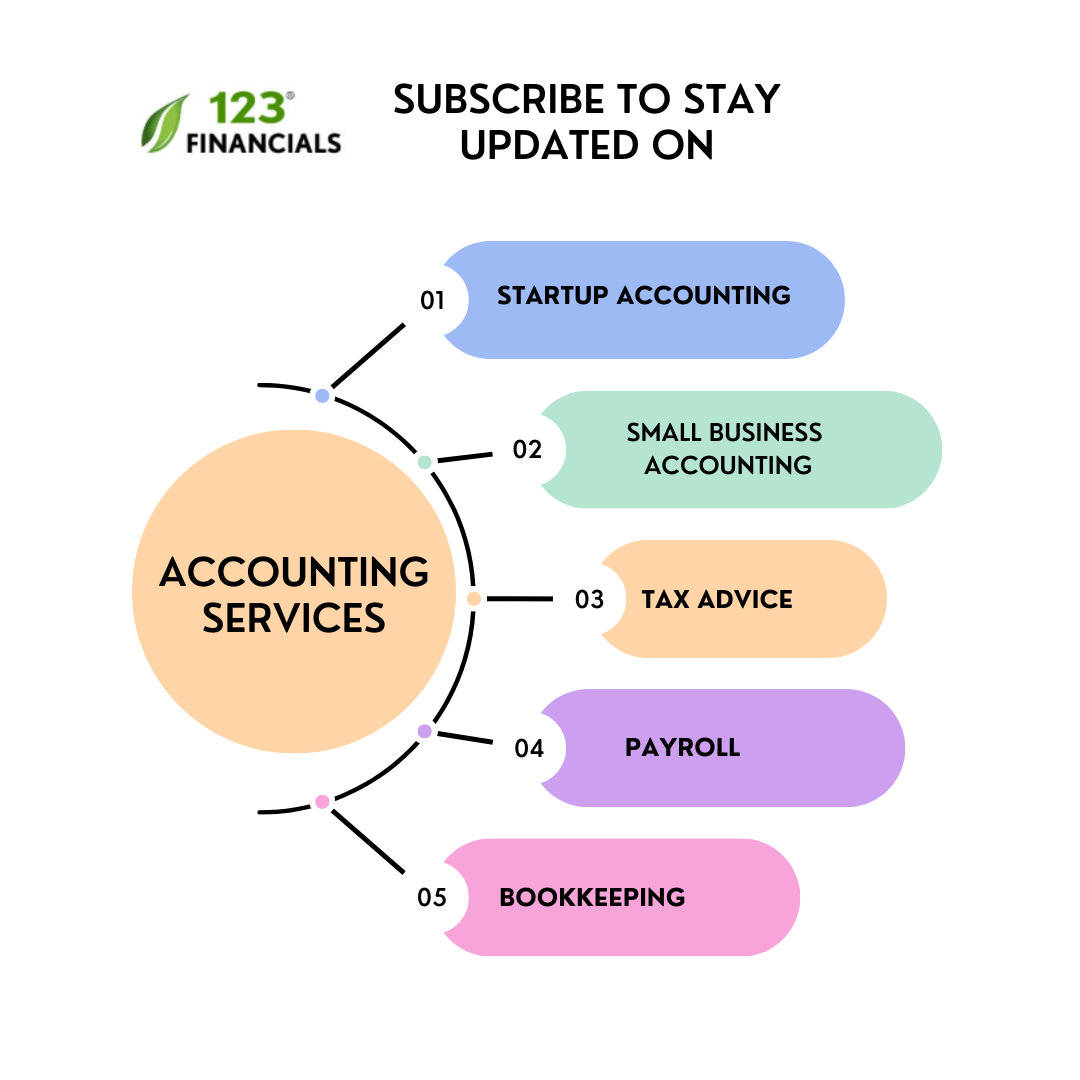According to Henley Business School, the trend of ‘side hustle’ is on the rise in public consciousness in the UK.
Statistics show that 1.1 million people in the UK are doing a second job alongside their main day job.
The government released this figure in 2019 and has not shown any significant change since 2009, where the numbers of Britons doing side hustle was still over a million.
This paints a surprising image and flies in the face of common sentiment that the ‘side hustle’ culture is a recent, millennial fed.
If you are thinking of taking your step towards a side hustle to make some extra cash, you must be aware of the taxation rules first because mistakes will be costly.
Don’t panic! This blog post will break down how much tax you will need to pay on your second job.
Keep on reading or jump ahead to the section that interests you most
- Can you take a second job?
- How much tax do you pay?
- Benefits of working two PAYI jobs at the same time
- Do you pay the National Insurance on your second job?
- What if you are self-employed as a second job?
- How to file tax if you have two jobs?
- What are the tax codes for second jobs?
1. Can you take a second job? – Check the contract!
So, you finally decided to take a second job? But wait for a second! Does your existing job contract lets you do a second job?
There can be situations where your employment contract prevents you from taking a second job, such as if you are working for a rival business.
To confirm, check your employment contract first. If you don’t find anything related to the second job in it, your employer cannot stop taking another job as a side hustle.
Also, make sure if a second job is a good option and you are getting the minimum wages from the second job!
More importantly, if you have more than one job, it is crucial to make sure you are paying the right amount of tax.
Problems can arise because the PAYE (Pay as You Earn) system does not easily cater for multiple jobs.
Limited Company Tax
Work with a London-based accountant for tax, accounting, payroll, & EIS/ SEIS needs.
2. So, how much tax you pay?
You might think if you are going to pay more tax on a second job. But that’s not true!
The tax rate for the second job is mostly the same as your first job.
You can earn a certain amount of money in the UK without paying the Income Tax, which is a personal allowance.
For the tax year 2020-21, the personal allowance is £12,500.
HMRC will consider one of the jobs as your primary income on which you will get your personal allowance, and the income from your second job will be added on top of the personal allowance.
This means that you will not get a personal allowance for your second job.
For example, let’s say John is working two jobs, his primary job pays £15,000 per year, and his second job pays £5,000 per year.
His personal allowance is applied to the primary job, and if John lived in England, Wales or Northern Ireland, he pays the income tax at the rate of 20% – the basic rate on the £2,500 of his primary job income and on all of his second job income.
Thus, John will pay (£500 + £1,000) = £1,500.
In case neither the primary nor the secondary job’s income is above £12,500, then you can split the personal allowance.
Let’s take a second example where say, Jessica is working two jobs, her primary job pays £45,500 per year, and her second job pays £12,000 per year.
Her personal allowance is applied to the primary job. Suppose Jessica lived in England, Wales or Northern Ireland. She then pays the income tax at the rate of 20% – the basic rate on the £33,000 (annual salary of £45,500 – annual personal allowance of £12,500) of her primary job income and again at the basic rate of 20% on all of her second job income.
This leaves Jessica underpaying the tax of £7,500. As any income above £50,000 is taxed at 40%. Jessica should tell HMRC or employer about this and adjusts her PAYE code for second job.
For example, let’s say John is working two jobs, his primary job pays £11,000/year and the second job pays £10,000/year.
In short, both these incomes are below the personal allowance; in such case, John can split the personal allowance between the jobs.
Now, John can contact HMRC and ask them to transfer £1,500 of unused allowance from his primary job to the second job or can wait until the end of the tax year and ask the HMRC for the refund.
But keep in mind that you can only split your personal allowance if your income from each job is stable or predictable; if it’s not, then you will have underpaid tax.
The table below shows tax rates you pay in each band if you have a standard personal allowance of £12,500,
| Band | Taxable income | Tax rate |
| Personal Allowance | Up to £12,500 | 0% |
| Basic rate | £12,501 to £50,000 | 20% |
| Higher rate | £50,001 to £150,000 | 40% |
| Additional rate | over £150,000 | 45% |
Tax bands are different for people living in Scotland; visit Gov.UK for more details.
While all these can seem a totally complex thing, 123Financials can help you by providing their guidance.
3. Wait, what about the National Insurance contributions (NICs)!
As well as tax, you might need to pay some NICs on the income from another job.
NIC operates in a different way from Income Tax.
National Insurance applies separately to both jobs.
In the tax year 2020-21, if you earn more than £183/week, you’ll have to pay the Class 1 National Insurance Contributions.
For example, let’s say John has two jobs. In the first job he earns £200/week and in the second job he earns £50/week.
In his first job, John will pay £2.04/week in National insurance – 12% on £17 (£200 – £183).
John will not pay NICs as his earnings in the second job are less than £183/week.
Here, the fact John is working two jobs is not taken into consideration by HMRC for National Insurance like it is for the Income Tax.
The NIC for both the jobs are calculated totally separate and are not compared to an overall annual amount, like the calculation of the income tax.
If you are renting a property, our guide for landlords to pay and save tax will help you. Go check out!
4. Benefits of working two PAYE jobs at the same time
Being an employee, you can have several benefits including,
- You get National Minimum Wage or National Living Wage for over -25s
- Safe workplace
- Set limits of working hours – an average of 18 hrs/week
- Tax-free personal allowance
When you work on a PAYE job, the Income Tax and NICs are handled by your employers.
In short, a chunk of your cash gets carved off and sent to the HMRC before you get paid.
So, basically, you do not need to worry about it as it’s all not in your hand – though it’s not that much easy going.
It comes down to your tax code, and in the HMRC’s eyes, it is your entire fault if something goes wrong with the tax.
Limited Company Tax
Work with a London-based accountant for tax, accounting, payroll, & EIS/ SEIS needs.
5. What are the tax codes for the second job?
Each and every PAYE job has its own tax code, and if you are doing a second job means you are juggling with more than one tax code altogether.
If you are doing a second job, then you will have to be careful about tax codes as a minor error can result in more or less taxes paid.
Let’s say if you are earning more than a personal allowance from your primary job, then your tax code should be 1250L, while your second job will have a different tax code.
The second job tax code should be as below,
- BR – Basic Rate
- D0 – Higher Rate
- D1 – Additional Rate
You can be able to find your tax code on the payslips, and you can inform HMRC about the second job with the use of a new starter checklist from your new employer.
The tax code is used for completing a self-assessment tax return.
6. What if you are self-employed as a second job?
If you are doing side hustle as a self-employed, then you will need to inform that HMRC by a specific deadline – the 5th October following the end of the tax year in which you started working as a self-employed.
Also, you will need to complete an annual self assessment tax return.
And with the self-assessment tax return, you will also have strict tax deadlines to hit with some pretty nasty penalties in addition in case you mess things up and don’t file your tax return on time.
If you have a business, then you must pay Corporation Tax, but what is Corporation tax? How to submit? To get answers to your questions – visit our blog post ‘Guide to the UK Corporation Tax system’.
7. How to file tax if you have two jobs?
Filing tax is not that much hard if you are employed, as all the information you require will be on the PAYE (Pay AS You Earn) system.
- Income tax underpayments of upto £2,999- Usually adjusted through PAYE code.
- Income tax underpayments of over £3,000- pay HMRC directly.
In case you are self-employed, you will have to declare it through the self-assessment, which means you, will need to make sure the amount of your income you earn between 6th of April in a year to 5th of April the following year.
Plus, you will also need to make sure you have calculated and submitted your tax bill before the deadline – generally 31st January.




















